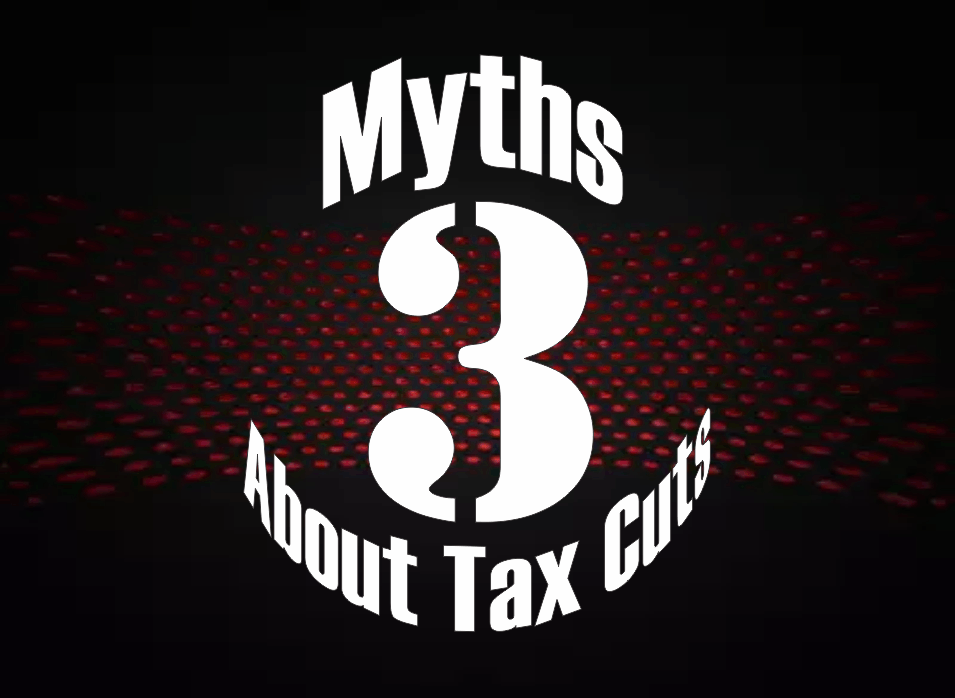
On Friday, I touched on the proposed “tax cut/reform” bill introduced by the House Ways and Means committee which is chaired by Congressman Kevin Brady. Some of the key highlights of the “House plan” are as follows (courtesy of Zacks Research):
- 12% for $45,000 ($90,000 married) and lower
- 25% for $45,001 – $200,000 ($90,000 – $260,000 married)
- 35% for $200,000 – $500,000 ($260,000 – $1,000,000 married)
- 39.6% for $500,000+ ($1,000,000+)
- Passive owners of pass-through get 25% rate
- Active owners have different standard
- Presumes 70% of pass-through income is attributable to labor and would be taxable at higher individual income tax rates
- For professional service firms default rate would be 100% of labor – no benefit from 25% rate
While on the surface this tax proposal looks promising, when you dig into the details the outcome looks less robust.
Many of the proposed changes may sit wrong with the public as some of today’s more popular deductions will be reduced or repealed. Furthermore, when lumping individuals into fewer income brackets, combined with deduction eliminations, the result may actually create a “tax increase” on the bottom 40% of earners. As I noted on Friday the bottom 80% of taxpayers currently pay only about 18% of the total individual tax liability with top 20% paying the rest. But the bottom 40% currently have a NEGATIVE tax liability and the elimination, or reduction, of many of the deductions could increase taxes for many.









Leave A Comment